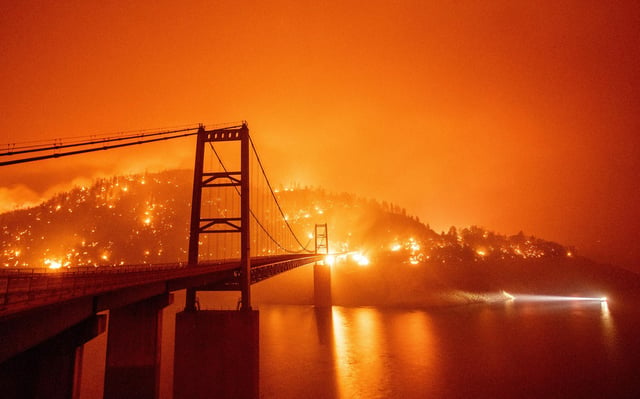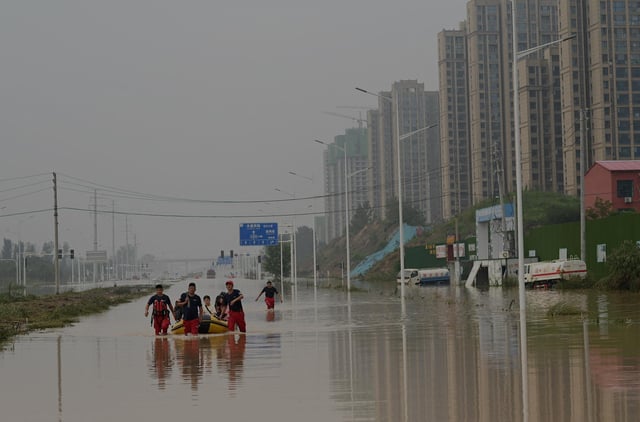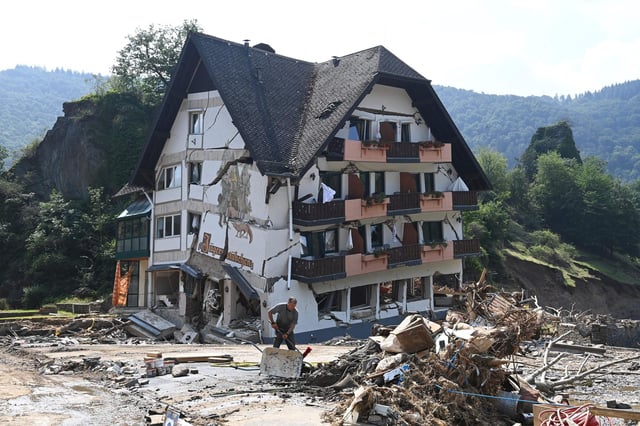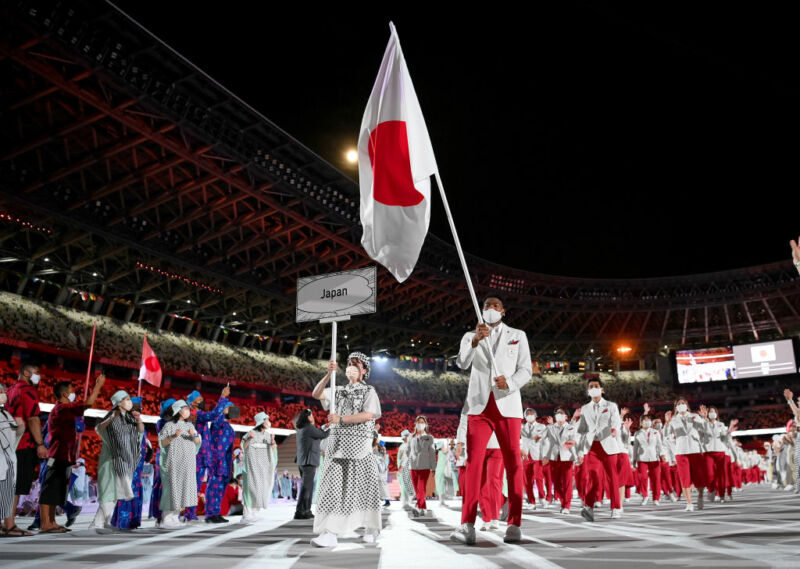 |
| LOWER IT TO 1.5 ,,,,,WHAT ....I CAN'T HEAR YOU |
By DW News
It’s possible that I shall make an ass of myself. But in that case one can always get out of it with a little dialectic. I have, of course, so worded my proposition as to be right either way (K.Marx, Letter to F.Engels on the Indian Mutiny)
 |
| LOWER IT TO 1.5 ,,,,,WHAT ....I CAN'T HEAR YOU |

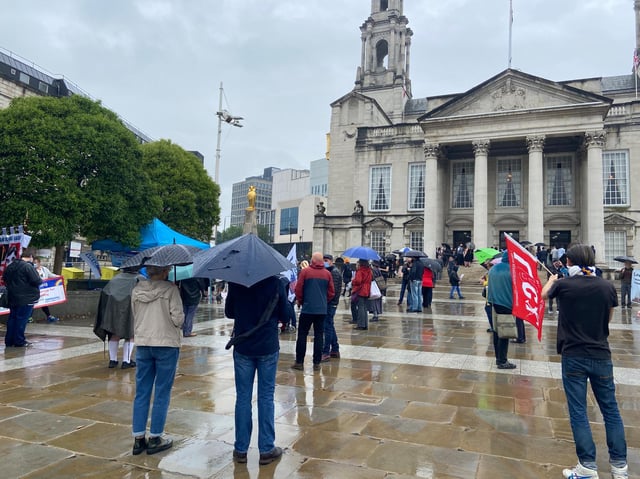


A heat dome from central North America extends over north Yukon. (Screengrab/Courtesy Cameron Beccario)
High temperatures, low water levels contine to imperile ecosytem and way of life for Vuntut Gwitchen
On July 22, Old Crow reached a historic high of 29.7 degrees Celsius, according to Environment Canada. The heat warning issued that day was the second since 2018.
Old Crow joins a growing group of exceptional heat readings and warnings from around the globe. On July 22, the Washington Post reported that “no fewer than five powerful heat domes are swelling over the land masses of the Northern Hemisphere.”
All-time record highs have been set in northern Ireland, northern Japan and Turkey while swarms of wildfires have engulfed British Columbia, California and Siberia.
But heat is not the only story.
The record high temperatures in Old Crow came after three weeks of extraordinarily low water levels in the Porcupine River. Benoit Turcotte, senior researcher in hydrology and climate change at Yukon University, explained that this year marks the lowest level ever recorded in a 46-year tracking period for the Old Crow River, which flows into the Porcupine River from Old Crow flats.
Crow Flats are a special management area in the traditional territory of the Vuntut Gwitchen, an area long recognized for its unique network of lakes and wetlands. Elders said the area had always acted as a ‘food bank’ with a rich diversity of inter-connected mammals, birds and plants.
Norma Kassi grew up in Old Crow. When she was very young, her grandfather warned of massive changes that would come to the area. He told her that she might not see the same lakes once she had children.
Twenty years ago, many birds left the flats. Zelma Lake vanished as melting permafrost literally collapsed the lake bottom and the water drained away. Other lakes disappeared. Animals moved to other areas and massive tracks of mud slumped on creeks and lake shores. Willows crept everywhere.
Crow Flats’ massive network of lakes feed the Old Crow and Porcupine rivers. Turcotte said today’s historically low water levels are cumulative, and the result of several years of decrease in the Porcupine River basin. This year is not a one-off.
For decades, Old Crow residents called for the world to notice as caribou habitat deteriorated, permafrost melted, lakes disappeared, and river levels dropped, affecting their food harvesting habits and traditional practices.
Kassi, now a highly recognized climate change educator and advocate, is amazed at the rapidity of the changes she has witnessed.
“Events have been so dramatic — the loss of culture and way of life,” she said.
The connection of climate change markers at play in the northern Yukon is remarkable, and disconcerting. Scientists are paying attention. The official from Environment Canada and Turcotte both expressed sadness at the cumulative indicators, sensing an inevitable expectation of other ramifications.
Low water levels and high temperatures spiral to increase water temperatures which accelerates permafrost melt which destabilizes land and water bodies, further impacting fish spawning, bird nesting and muskrat and caribou habitat which further disrupts traditional harvesting and cultural practices, inevitably impacting health and social well-being and an Indigenous way of life.
Kassi said “they should have listened earlier,” as the climate is now substantially changed. Now the emphasis is on protecting the caribou and remaining boreal forests.
“It is not too late but the world needs to take serious, and immediate action,” she said.
Environment Canada sees a slight cooling trend for Old Crow in the next week. But according to a North American ensemble of data, there is a 50 to 70 per cent probability that temperatures will return to high levels again at the beginning of August.
Environment Canada reminded that averages don’t really represent “normal” temperatures. We are living in a period of extremes and outliers.
Contact Lawrie Crawford at lawrie.crawford@yukon-news.com
